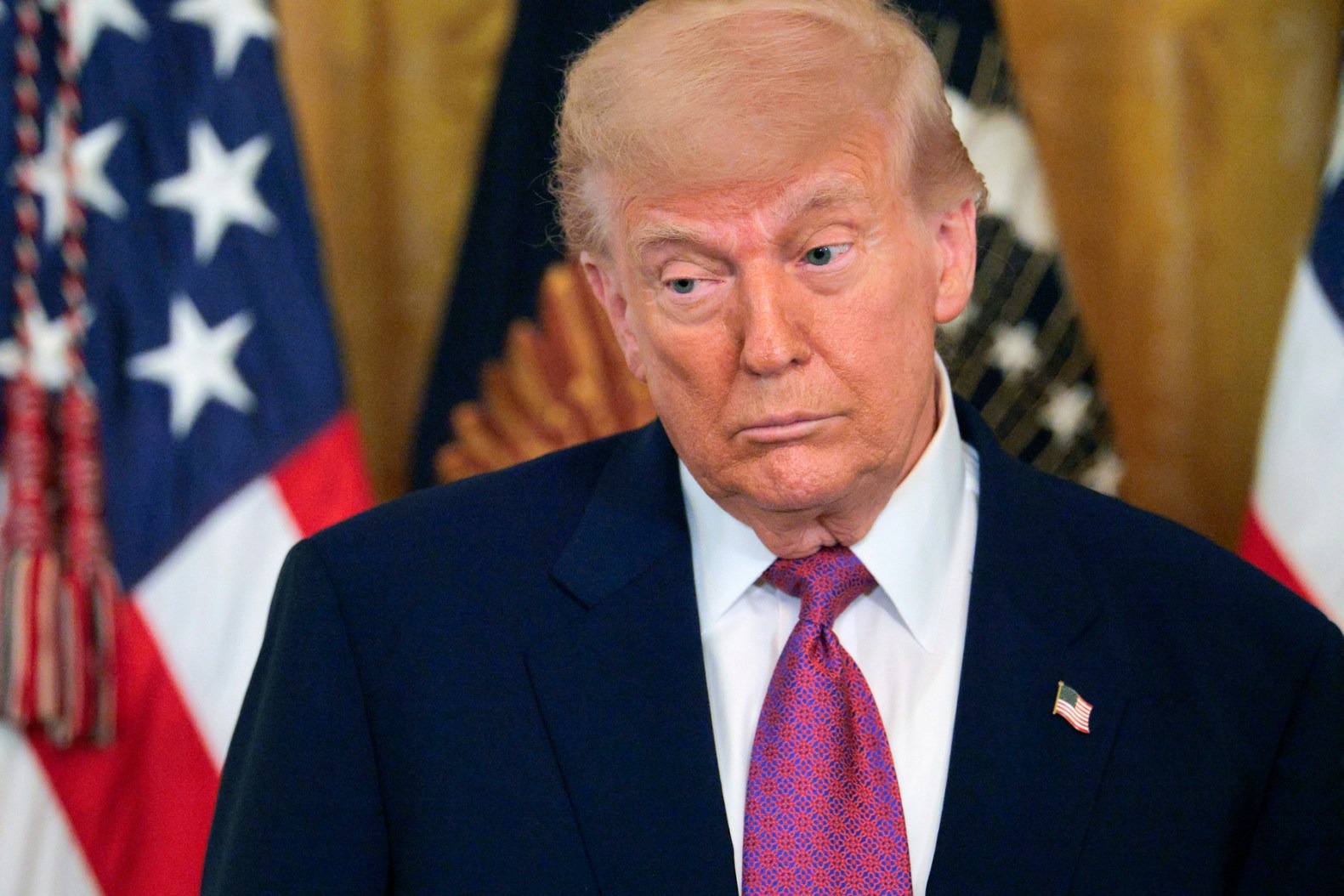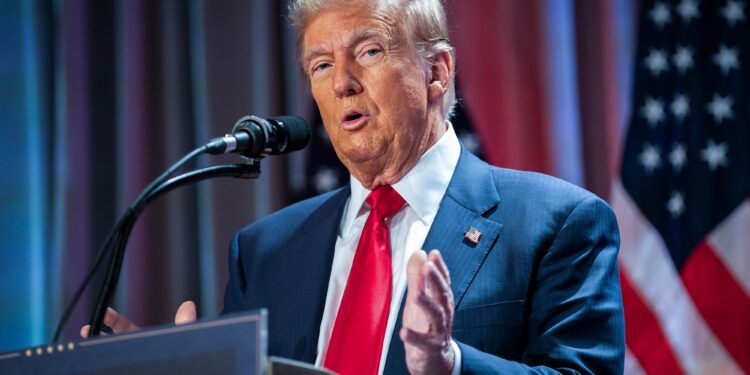Four months into Donald Trump’s time as president, his administration and close supporters have put strong pressure on the judicial arm of government. The phrase “constitutional crisis” is now being used by people on both sides of the political divide.
A former federal judge named John Jones III, who was appointed by George W. Bush, described the situation as a full-scale attack on the lower courts.

In recent times, judges and their family members have received pizzas at home from anonymous sources. This strange move has raised concerns among members of the judiciary, who see it as a form of intimidation.
Chief Justice John Roberts even mentioned during his report in December that violence poses a threat to the court’s independence.
Different Views on the Constitution’s Role
Some people who support conservative policies are starting to echo the language of Trump’s critics. However, they apply it with a different intention. Those opposing Trump believe he is going against the Constitution’s idea of separating powers by refusing to follow court rulings.
On the other side, his supporters argue that judges are taking powers that rightfully belong to the executive. Both groups believe the country is in a very risky position.
Steve Bannon, who once served as Trump’s top adviser, said on his podcast that the United States could face a dramatic breakdown in the coming summer.
He predicts that court disputes will be the main issue in this situation. While many people who disapprove of Trump also believe the country is in trouble, they point fingers at Trump and those around him for causing the situation.
Gregg Nunziata, who worked for Marco Rubio when he was in the Senate and now leads a legal organization with conservative roots, said some people tied to the White House are creating this legal tension on purpose. According to him, they aim to weaken the judiciary and harm the system that balances government powers.
Trump’s Actions and the Fight Among Government Branches
During his first four months in office, Trump took aggressive steps that raised questions about how much authority a president should have.
He tried shutting down federal offices, firing large numbers of government workers, removing people from independent boards, and making quick efforts to deport undocumented immigrants. He also used a law from 1798, which was created during wartime, to remove people from the country more quickly.
Nearly 250 lawsuits have been filed in reaction to the president’s moves so far. By the end of April, courts had issued at least 25 nationwide blocks against his actions, based on reports from the Congressional Research Service.
Trump’s dismissive attitude toward the courts has grown stronger as he continues to lose cases. On May 11, he wrote on social media that the court system was “radicalized and incompetent,” showing his clear frustration with their decisions.






















